
Professor(in)
Univ.-Prof. Dr.-Ing. Jochen Schein
Telefon: +49 (0)89 6004 3785
Email: jochen.schein@unibw.de
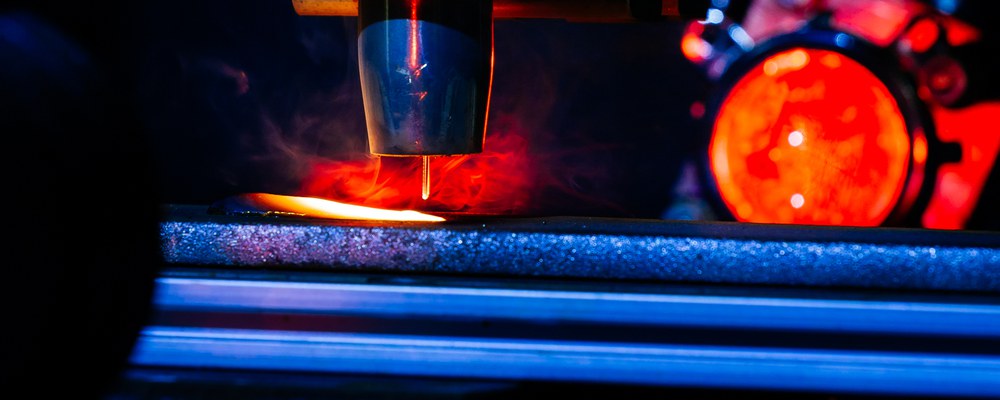
Plasma: The fourth state of matter, an electrically conductive gas.
Plasma and its technical applications, known as plasma technology, have become an integral part of everyday life. From the "neon tube" and the "plasma-coated pan" to plasma medicine and the production of highly integrated circuits. Without plasma technology, there would be no smartphones, no aluminium combustion engines, and in many cases, not even clean drinking water.
The Plasma Technology Professorship deals with many aspects of the technical application of plasma in materials science and in space applications.
In the latter, plasma is the basis for the so-called electric propulsion systems, which have been used for a wide variety of space missions for decades. The thrust generated by a propulsion system is proportional to the exit velocity and the mass flow of the exiting medium, i.e. the propellant. The propellant requirement for a mission therefore depends on the exit velocity of the exiting medium (the slower, the more propellant is required). Compared to chemical propulsion systems, electric thrusters allow a significant increase - by orders of magnitude - in exit velocity, resulting in propellant savings, which is particularly advantageous for some missions, especially those with long flight durations. Additionally, electric propulsion systems enable very precise position control. Of course, such systems are not without challenges, as they can generate very high temperatures and may experience long-term effects that negatively impact their efficiency. The Plasma Technology Group deals with such effects. Through precise analysis and modelling of electric propulsion systems in simulated space environments, these effects are investigated, understood, and methods for improvement are developed. This is currently done primarily on behalf of the European Space Agency (ESA) and in the DTEC project SeRANIS. The group also develops complete propulsion systems, which are then deployed in space (SeRANIS).
The professorship also researches plasma applications in the field of materials science. On one hand, applications in which plasma is used to generate products from the air – through plasma-induced chemical reactions – which can then be used, for example, in the disinfection or activation of surfaces. On the other hand, coating applications in which plasma is used to prepare and accelerate various coating material on the surface of a workpiece. Different coating properties can be achieved by adjusting the plasma parameters. The necessary plasma parameters required for the respective application are determined by prior analysis, taking into account such important issues as energy efficiency and environmental compatibility. The chair has established various collaborations with several companies and the WIWeB (Wehrwissenschaftliches Institut für Werk- und Betriebsstoffe).
The professorship is well-equipped for activities in the described areas, featuring various plasma systems and space simulation systems (up to 5m3). Diagnostic procedures include, among others, spectroscopy, laser scattering, and probe measurements. Modelling is conducted both on a physical basis and numerically.
Previous public funding sources include:
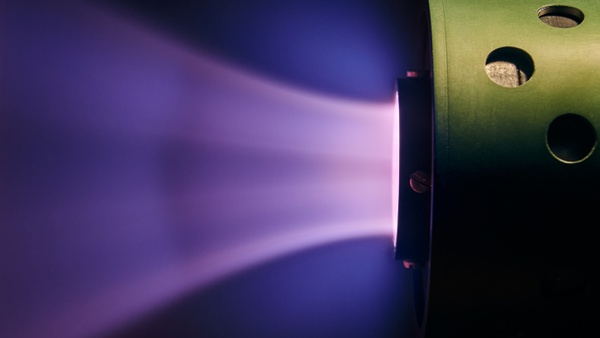
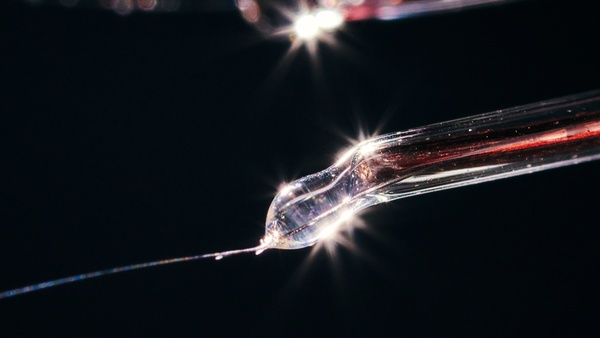
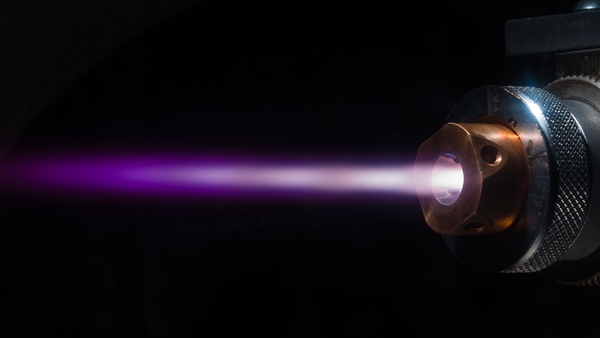
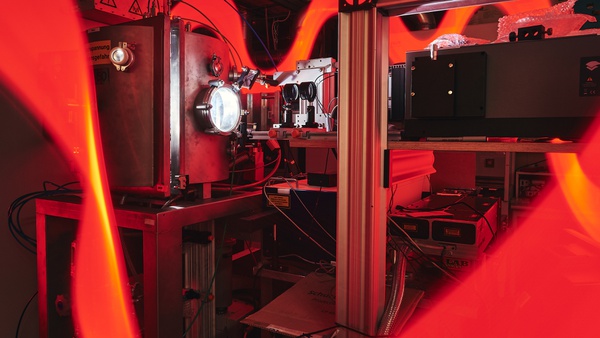
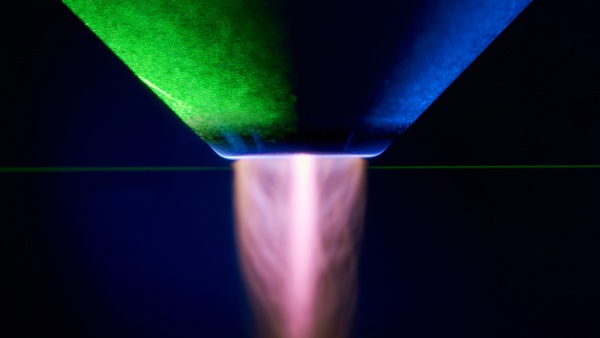
Contact and Map

Univ.-Prof. Dr.-Ing. Jochen Schein
Telefon: +49 (0)89 6004 3785
Email: jochen.schein@unibw.de




